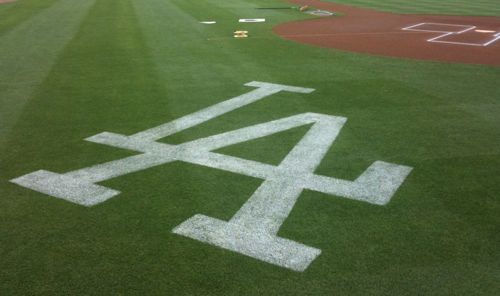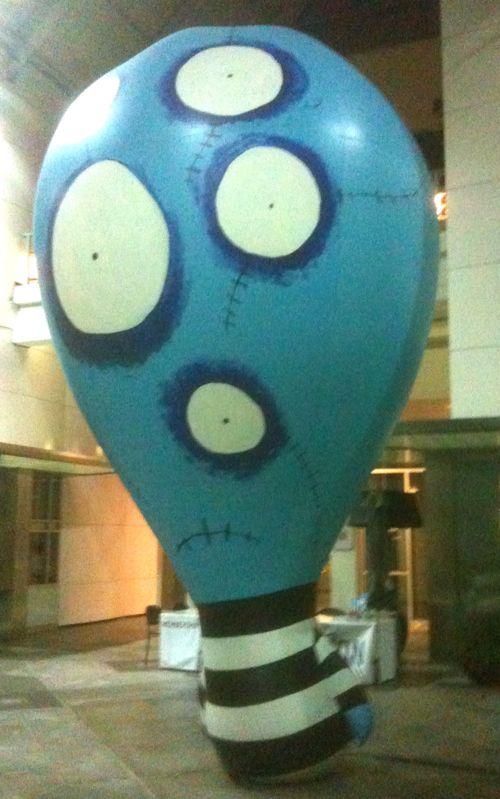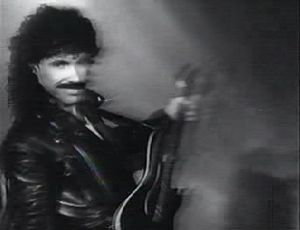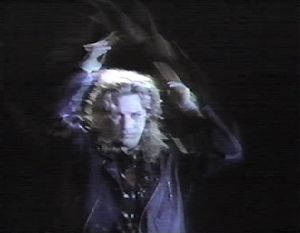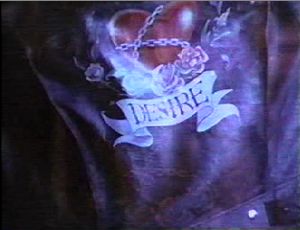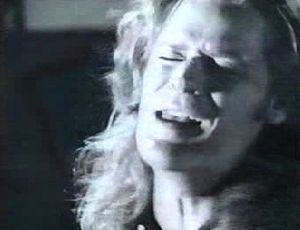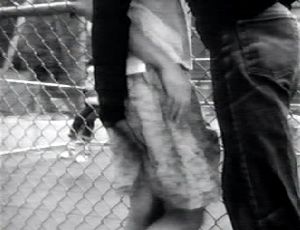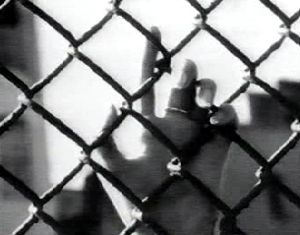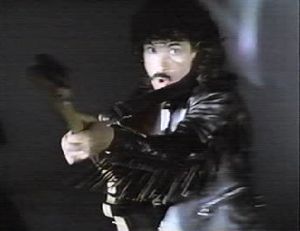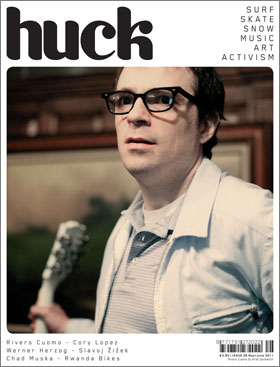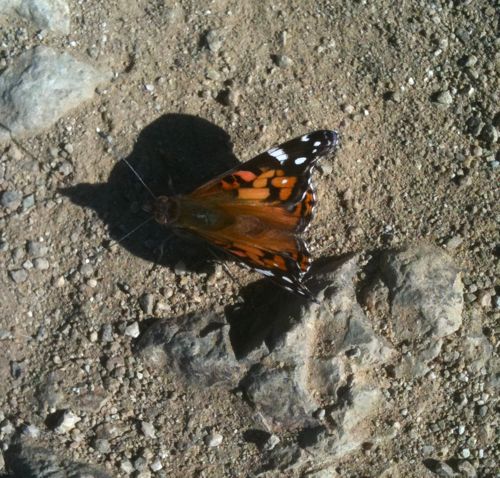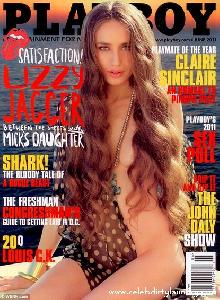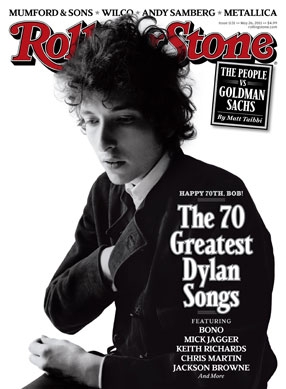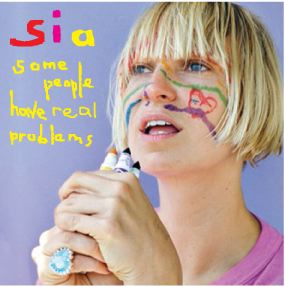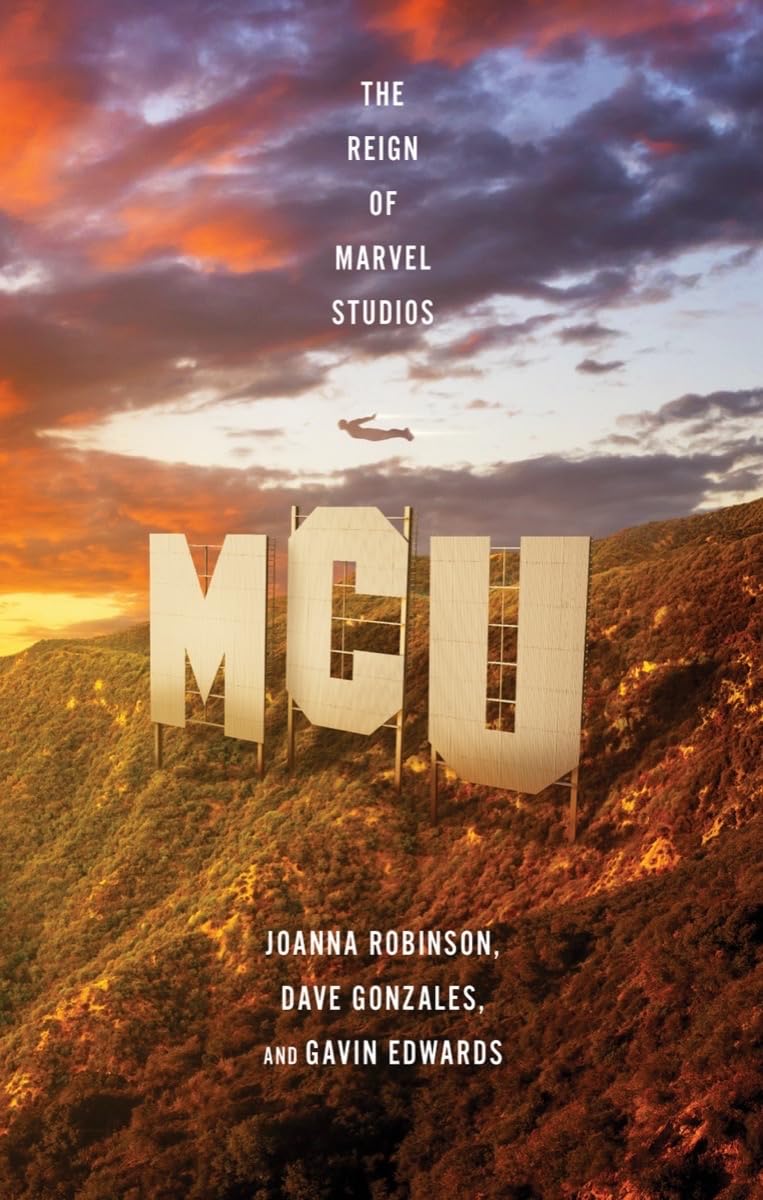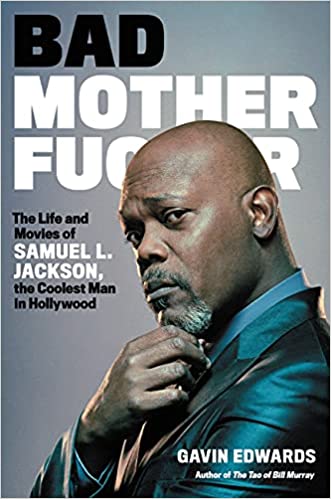(New to the countdown? Catch up here.)
 “After three years of separation, Hall and Oates got back together,” Adam Curry says, not particularly moved by this tender reunion, “with a tremendously successful album.” Well, Ooh Yeah! peaked at #24, which seems something less than tremendous. (Filled with bonhomie, Arista had it certified platinum.) Curry continues, “In fact, Billboard has claimed that they are the most successful duo in the history of the charts.” Hall and Oates had a ton of hit singles and a dozen gold albums, but never had an album sell better than double-platinum, not even H2O. If they had peaked just a few years later, they would have been prime candidates for the blockbuster Thriller/Born in the USA treatment.
“After three years of separation, Hall and Oates got back together,” Adam Curry says, not particularly moved by this tender reunion, “with a tremendously successful album.” Well, Ooh Yeah! peaked at #24, which seems something less than tremendous. (Filled with bonhomie, Arista had it certified platinum.) Curry continues, “In fact, Billboard has claimed that they are the most successful duo in the history of the charts.” Hall and Oates had a ton of hit singles and a dozen gold albums, but never had an album sell better than double-platinum, not even H2O. If they had peaked just a few years later, they would have been prime candidates for the blockbuster Thriller/Born in the USA treatment.
 The video starts with flickering lights and shadows–we see people filmed from the back, possibly Hall and/or Oates, possibly outtakes from the director’s student films. Cut to an overhead shot of people walking down the sidewalk, and then back to Flicker Town. Daryl Hall is snapping his fingers over his head. His hair is long, blond, and greasy–he’s working a Robert Plant vibe. As it happens, both Hall and Plant turned 40 in 1988. A synth keeps hammering out a single note.
The video starts with flickering lights and shadows–we see people filmed from the back, possibly Hall and/or Oates, possibly outtakes from the director’s student films. Cut to an overhead shot of people walking down the sidewalk, and then back to Flicker Town. Daryl Hall is snapping his fingers over his head. His hair is long, blond, and greasy–he’s working a Robert Plant vibe. As it happens, both Hall and Plant turned 40 in 1988. A synth keeps hammering out a single note.
Images flash by. A brick wall lit in blue light has graffiti of an angel pointing an arrow at a heart. A closeup of a black guitar, decorated with a picture of a knife through another heart. I sense a theme. We pan up the body of Daryl Hall: polka-dot shirt, leather jacket. “Hoa-oh!” Hall sings, and starts dancing and clapping his hands. The director’s employing “frame dropping,” a technique you don’t see often outside music videos or horror movies–the footage is real-time, but it has the feeling of slow-motion, because you get fewer shots per second than you’re expecting. (The video’s also very blurry–I don’t know if that’s a long exposure time or some more elaborate effect.)
 Time to check in with John Oates: his hair is gloriously long and luxuriant in this era, as is his mustache. He’s wearing a leather jacket and wielding an electric guitar (the one we saw before, with the stabby heart). Oates stares into the camera like he’s trying to bluff his way through a police lineup. We get a closeup on the back of somebody’s leather jacket: it’s decorated with a chained heart and the word “DESIRE.”
Time to check in with John Oates: his hair is gloriously long and luxuriant in this era, as is his mustache. He’s wearing a leather jacket and wielding an electric guitar (the one we saw before, with the stabby heart). Oates stares into the camera like he’s trying to bluff his way through a police lineup. We get a closeup on the back of somebody’s leather jacket: it’s decorated with a chained heart and the word “DESIRE.”
“You say you can’t stand the pain,” Hall sings, trying to elbow Carly Simon out of that valuable analgesic-jingle market. He’s in fine voice: smooth, soulful, still blessed with his upper register. The director turns up the frame-dropping rate on Hall; it looks like we’re watching him through an old kinescope. We appear to be cutting at random between color footage and black-and-white.
 Two new faces: an attractive young man and woman. She has hoop earrings and a flowered dress; he has a spiky haircut. She looks Italian; he looks Danish. His head is on her lap and they gaze lovingly at each other. We cut back to Hall, who sings longingly to the girl who’s about to walk out of his life– bouncing with nervous energy, shifting his weight back and forth between the balls of his feet. I interviewed Hall some years ago; he hails from Philadelphia, but he had the hyper speech patterns of a coked-up New Yorker.
Two new faces: an attractive young man and woman. She has hoop earrings and a flowered dress; he has a spiky haircut. She looks Italian; he looks Danish. His head is on her lap and they gaze lovingly at each other. We cut back to Hall, who sings longingly to the girl who’s about to walk out of his life– bouncing with nervous energy, shifting his weight back and forth between the balls of his feet. I interviewed Hall some years ago; he hails from Philadelphia, but he had the hyper speech patterns of a coked-up New Yorker.
While the camera pans around him, Oates strums his guitar dramatically and grins triumphantly into the camera, as if he’s just achieved something unusual. And since we can’t hear the guitar in the song at this moment, I suppose he has.
The Italian’s in front of a chain-link fence; the Dane’s behind it. Back to Hall and Oates: the camera keeps panning around them. The way Hall moves his arms suggests that he’s trying to swat away a persistent swarm of gnats. We return to the chain-link fence, which borders a city playground, and visit a new couple (girl in tank top and cowboy hat), who appear to be about to enter coitus while leaning against the fence, so we visit another young pair. This couple’s black; they’re both laughing, possibly at Daryl Hall’s dancing.
 Hall waggles his finger at the camera. On the playground, the Danish guy grabs the Italian girl’s ass, which is the most genuine moment so far in this video. We cut back and forth from Hall to the playground, where we see some jealous glances. Hall closes his eyes to hit a high note.
Hall waggles his finger at the camera. On the playground, the Danish guy grabs the Italian girl’s ass, which is the most genuine moment so far in this video. We cut back and forth from Hall to the playground, where we see some jealous glances. Hall closes his eyes to hit a high note.
 I’m as fond of Hall and Oates as the next guy (unless the next guy is Ted Friedman, the super-fan with whom I watched this countdown back in 1988), but this isn’t a compelling video. The visual stuttering gets tired, and the whole thing looks blurry and underlit. The playground sequence appears to have no point beyond “here are some people younger than Hall and Oates, plus a chain-link fence that we threw in as a favor to our manager, who owns shares in a chain-link fence company.” And the song itself is limp, although I like the insistent synth part. I wish it had more spark, or at least more lyrics about chain-link fences.
I’m as fond of Hall and Oates as the next guy (unless the next guy is Ted Friedman, the super-fan with whom I watched this countdown back in 1988), but this isn’t a compelling video. The visual stuttering gets tired, and the whole thing looks blurry and underlit. The playground sequence appears to have no point beyond “here are some people younger than Hall and Oates, plus a chain-link fence that we threw in as a favor to our manager, who owns shares in a chain-link fence company.” And the song itself is limp, although I like the insistent synth part. I wish it had more spark, or at least more lyrics about chain-link fences.
More Hall flapping around. On the playground, we see shadows of a couple having an argument (and gesticulating a lot). Oates swings his hips around. Sometimes we catch glimpses of other members of their band, G.E. Smith and T-Bone Wolk, who are familiar because they were in the Saturday Night Live house band for a full decade (1985 to 1995), often seen grimacing as the show cut to commercial.
 The song natters on; the director tries to make it more exciting with extra strobe effects. Oates has a barely audible guitar solo, but he sells it really hard, leaning forward, pointing his guitar into the camera, and spinning around. As we head for the final chorus, Hall declaims: “You think it’s all out there? Huh. Well, I know what’s out there, and I know you’re not going to find anyone, no one that’s going to understand you exactly the way I do. Well, I think I’ve said it all. So do you still want me?” Spoken-word sections are cool–more songs should have them.
The song natters on; the director tries to make it more exciting with extra strobe effects. Oates has a barely audible guitar solo, but he sells it really hard, leaning forward, pointing his guitar into the camera, and spinning around. As we head for the final chorus, Hall declaims: “You think it’s all out there? Huh. Well, I know what’s out there, and I know you’re not going to find anyone, no one that’s going to understand you exactly the way I do. Well, I think I’ve said it all. So do you still want me?” Spoken-word sections are cool–more songs should have them.
“Everything Your Heart Desires” hit #3 on the singles chart. You can watch the video here.
posted 22 June 2011 in 1988. 12 comments
 My apologies for the lack of recent posts; I’ve been very busy, careening around the world on various assignments, which I’ll be able to tell you about as they roll out in the coming months. My two most recent Rolling Stone articles were both reported in Los Angeles, however: I visited No Doubt in the studio, and grooved on their new tracks and their bleached hair. (The resulting piece ran in the summer double issue.) And then I spent a day with Javier Colon, the winner of NBC’s The Voice, tagging along to The Tonight Show and Dodger Stadium (hence the photo below). That article’s behind the Rolling Stone paywall, but can be found on pages 46 to 49 of the current issue. I capped off the evening by accompanying Colon to Universal CityWalk, where Cee-Lo Green was doing a free show, wearing a Travis Bickle shirt and constantly mopping himself with a towel. When he tried to pump up the audience, they played it cool, as L.A. crowds do. “You ungrateful bastards,” he told them. “This is a free show.”
My apologies for the lack of recent posts; I’ve been very busy, careening around the world on various assignments, which I’ll be able to tell you about as they roll out in the coming months. My two most recent Rolling Stone articles were both reported in Los Angeles, however: I visited No Doubt in the studio, and grooved on their new tracks and their bleached hair. (The resulting piece ran in the summer double issue.) And then I spent a day with Javier Colon, the winner of NBC’s The Voice, tagging along to The Tonight Show and Dodger Stadium (hence the photo below). That article’s behind the Rolling Stone paywall, but can be found on pages 46 to 49 of the current issue. I capped off the evening by accompanying Colon to Universal CityWalk, where Cee-Lo Green was doing a free show, wearing a Travis Bickle shirt and constantly mopping himself with a towel. When he tried to pump up the audience, they played it cool, as L.A. crowds do. “You ungrateful bastards,” he told them. “This is a free show.”
